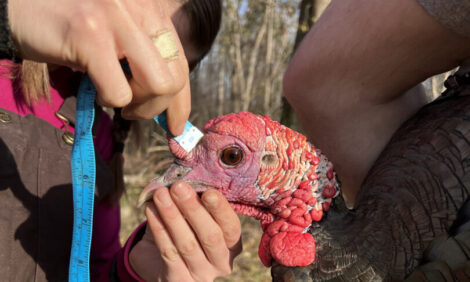



New Method for Calculating 2009 Meat and Poultry Import Quotas
USDA Foreign Agricultural Service GAIN Report by Erik Hansen, Mikhail Maksimenko and Cynthia Barmore. The Russian government has proposed a new method for calculating 2009 meat and poultry import quotas that would use a three-year historic basis but exclude data from 2008. The government believes that this will reduce pressure on the meat market at the end of the year when companies typically import larger volumes (over-quota) to ensure they receive bigger quota allocations for the following year. By excluding 2008 data, over-quota meat and poultry imports are expected to decline for the remainder of the year.Summary
The Russian government recently proposed a new method for calculating 2009 meat and poultry import quotas. The new proposal will use a three-year historic basis, allocating quotas to meat importers in proportion to the volume of their imports from 2005-2007, excluding those from 2008. The Russian Federal Government Commission for Safeguard Measures in Foreign Trade and Customs and Tariff Policy developed the proposal which is expected to be approved in short order.
Meanwhile, the Russian government is currently discussing the possibility of cancelling meat agreements that were signed with the United States and other trading partners during previous World Trade Organization (WTO) accession negotiations.
Change Proposed in Calculating Meat and Poultry Import Quotas for 2009
The Russian Federal Government Commission for Safeguard Measures in Foreign Trade and Customs and Tariff Policy has proposed that the government introduce a three-year historic basis (2005-2007) to calculate meat and poultry import quotas for 2009 that excludes data from 2008. By using these calculations, the main portion of 2009 meat import quotas would go to those who imported meat products between 2005 and 2007, in proportion to the volumes of their shipments.
Since 2007, in accordance with Government Resolution 732 dated 5 December 2005, 'On Importation of Beef, Pork and Poultry Meat in 2006-2009', quotas have been distributed on the basis of the previous year’s shipments. In 2007, an amendment was made to distribute 2008 quotas for poultry meat on the basis of 2005 and 2006 shipments.
Meat market analysts have stated that the government is planning to unify quota calculations for all types of meat. It is their view that by removing the preceding year from the base calculation (i.e. removing 2008 data when calculating the 2009 quota), it would prevent the incentive for importers to rush and purchase larger volumes in an effort to secure a bigger share of the next year's quota allocation. Domestic meat and poultry producers complain that sudden spikes in supply could lead to overstocking of the Russian market and cause a severe price decline, hurting Russian meat producers and importers alike.
Russia imposed meat and poultry tariff rate quotas in the spring of 2003 to protect domestic producers. The parameters of these quotas, including country specific allocations, were agreed until the end of 2009. Resolution #732 provides for an annual increase in quota volumes from trading partners up to 2009 as well. In accordance with the quota distribution plan approved by the Russian government, importers can bring up to 445,000 metric tonnes (MT) of frozen beef (18,300MT allocated to the United States), up to 28,000MT of fresh and chilled beef, 493,500MT of pork (49,800MT allocated to the United States), and up to 1,211,600MT of poultry (901,400MT allocated to the United States) in 2008. Over-quota supply is permitted but face high import duties. Russia's customs and tariff policy in regards to meat imports after 2009 should theoretically correspond to the principles of the World Trade Organization (WTO), but they have not yet been developed.
In the spring of 2008,the Federal Anti-Monopoly Service argued against using the current 'historic principle' method for allocating meat quotas. It proposed to abandon this system in favour of quota distribution via competitive tendering starting in 2010. According to the Anti-Monopoly Service this measure would ensure competition for quota distribution, entry of new participants into the market, and additional protections for domestic producers. Meat traders argue that this system would disproportionally favour the larger and, thus, most powerful companies. While there are currently approximately 350 meat and poultry importers in Russia, traders fear that the Anti-Monopoly Service's proposal would allow the most powerful 40-50 companies to dominate the auctions, thereby capturing the market and allowing them to set monopoly prices. In 2004-2005, Russia introduced competitive tendering for meat imports. Companies overpaid at auctions and the costs were subsequently passed on to consumers.
Russia May Terminate Meat Agreements
The Russian government is considering cancelling some agreements that were signed during negotiations for its WTO accession. First Deputy Prime Minister Igor Shuvalov said the Ministry of Economic Development (MED) has compiled a list of the agreements Russia will seek to renegotiate but he has not yet disclosed the list. Meat agreements may be among those to be revisited, MED later commented, including pork and poultry.
Other Reports in this Series
To view our complete list of 2008 Poultry and Products Annual Reports from USDA FAS GAIN, please click hereSeptember 2008








